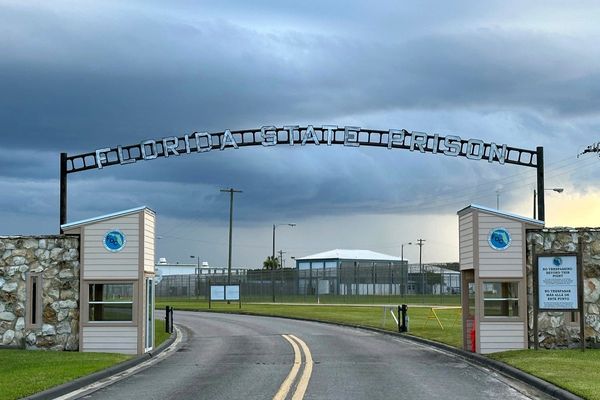
The bones they found in the sand were a clue that something more was buried beneath the surface. When a team of excavators in the Turkana Basin, an archaeological site in Kenya, dug deeper, they found more evidence that ancient human ancestors had existed in the region: footprints.
“One long trail was super obvious and really spectacular,” said Craig Feibel, a geographer at Rutgers University who was called in to study the site.
Archaeologists had been able to determine that two different kinds of hominins, or living beings that evolved after the split from the apes 6 or 7 million years ago, existed near this ancient lake in Kenya at the same time based on bones that had been discovered in the region. But these remarkably preserved footprints were the first to indicate that two different species of hominins — including Homo erectus, which is a direct ancestor to humans, and Paranthropus boisei, which was a different species that also descended from the ape ancestor but died off around 1 million years ago — both coexisted around 1.5 million years ago in this space, Feibel said.
In fact, the footprints indicate these two species were walking along the lakeshore within hours or days of each other, according to a study published this week in Science that Feibel co-authored.
“You can never tie down where bones come from [because] they could be transported or carried off by carnivores or scavengers,” Feibel told Salon in a phone interview. “With the footprints, we know these two species were right here on the same beach within a short period of time.”

In addition to these two species of hominins, researchers in the region have also found evidence of ancestors of animals still found in Africa today like giraffes, pigs, and elephants. The researchers in this study also found large footprints from a bird, likely from the giant marabou stork lineage, according to the study.
“The lake margin is a really rich environment, so there would potentially be aquatic resources like fish available there,” Feibel said. “It would have also been near an extensive grassland with lots of available plant resources and lots of animals that are using those resources coming down to the lake for water.”
Generally, our direct ancestors Homo erectus are thought to have used tools and eaten meat, whereas P. boisei, an evolutionary cousin, had larger jaws that are thought to have been used to chew mainly vegetation. Both were walking on two feet, although they had different gaits and foot shapes, which the research team in this study used to differentiate the footprints.
There’s no way to know for sure what relationship these two species of hominins had with one another, but they likely coexisted because they had different diets and possibly habitat preferences, said Matthew Sponheimer, an anthropologist at the University of Colorado Boulder.
“If Homo erectus ate considerably more animal foods than Paranthropus boisei, that alone would guarantee rather different niches,” Sponheimer told Salon in a phone interview. “We have very little reason, given our current knowledge of the diets of these species, to think there would have been much competition.”
Footprints can help us better understand how various ancient species moved about in a way that sedentary bones cannot, Sponheimer said. In northern Tanzania, footprints helped anthropologists understand that other hominin species also coexisted near the famous human ancestor “Lucy,” a species known as Australopithecus afarensis, dating back roughly 3 million years ago.
Footprints can also tell us more about the portions of the landscape that were frequented by these hominins. For example, there is some debate about whether the large jaws of P. boisei were used to crack hard foods like nuts or simply chow down on plants. Discovering more footprints in the region to get a better idea of how this species was moving around the lake could help determine if they ate mostly plants or consumed other foods as well.
“That our fossil ancestors and close kin needed water in itself is not shocking … But one of the best ways to get sufficient calories given Paranthropus boisei’s chewing anatomy would be to eat plants near water,” Sponheimer said. “So it would be lovely if we had an independent line of evidence that is consistent with a lot of this new dietary evidence we have.”
Researchers have been studying this region for decades and continue to find new fossil evidence, Feibel said. As these excavators continue to search for other ancient remnants, they will likely be spending hours pacing along the same shore the hominins before them did 1.5 million years ago.
“Footprints give more detail than these discrete bits of anatomy that we typically have,” Sponheimer said. “And it just hits you differently visually when you see those footprints — just as if you were walking in the sand at the beach.”







